In a world where security meets convenience, keypad locks have swiftly become a popular choice for both homes and businesses. These sleek, code-operated devices promise a keyless future, where forgotten keys are a thing of the past and access is granted with just a few taps. But as their presence grows on doors everywhere, a pressing question lingers in the minds of many: Are keypad locks truly safe? This article dives into the mechanics, vulnerabilities, and advantages of keypad lock installations, exploring whether they offer robust protection or simply a modern twist on traditional security.
Table of Contents
- Understanding the Technology Behind Keypad Locks
- Assessing Security Benefits and Potential Vulnerabilities
- Choosing the Right Keypad Lock for Your Needs
- Professional Installation Versus DIY Approaches
- Maintenance Tips to Ensure Long-Term Safety
- Q&A
- Future Outlook
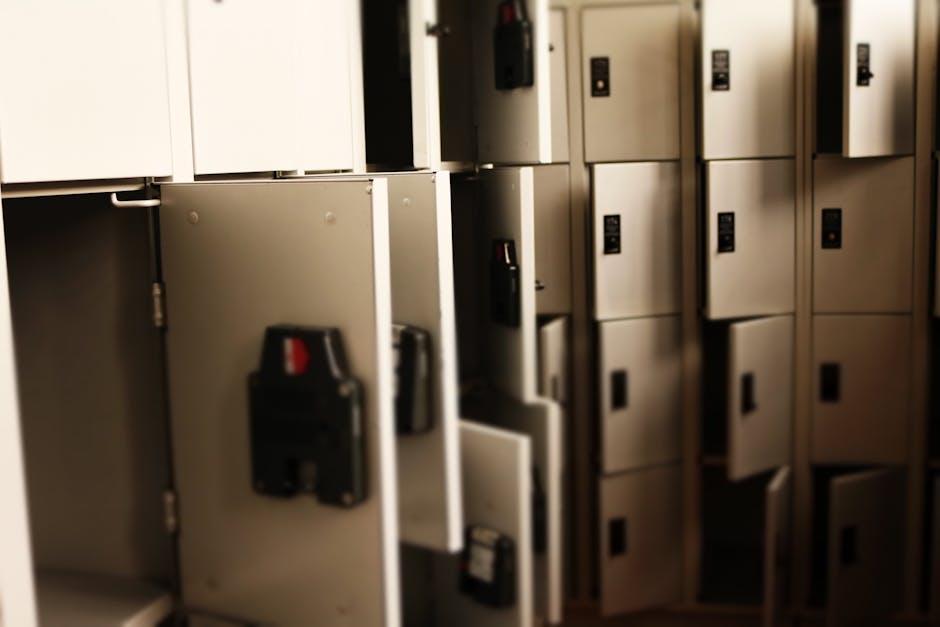
Understanding the Technology Behind Keypad Locks
At the heart of every keypad lock lies a blend of electronics and mechanics designed to secure your space with just a few taps. These locks typically operate using a microcontroller that processes input from the keypad and compares it to a stored passcode. When the correct code is entered, an actuator, such as a solenoid or motor, triggers the locking mechanism to disengage. This seamless interaction between hardware and software eliminates the need for traditional keys, reducing risks associated with lost or copied keys. Additionally, many modern keypad locks incorporate features like randomized keypad layouts or temporary codes to enhance security.
Understanding the complexity behind these locks illustrates why their security depends on both technology and user habits. Some keypads offer backlit keys for usability in low light, while others come with integrated alarms or auto-lock timers to prevent unauthorized access. Here’s a quick overview of common features contributing to their safety:
- Encrypted code storage to prevent hacking attempts
- Fail-safe modes that lock down after multiple incorrect attempts
- Battery backup systems for uninterrupted operation
- Audit trails on smart models to monitor access history
| Feature | Function | Benefit |
|---|---|---|
| Encryption | Protects stored passcodes | Prevents digital tampering |
| Auto Lock | Locks door after delay | Reduces risk of accidental entry |
| Access Logs | Records entry attempts | Helps track unauthorized access |
| Backup Battery | Keeps lock functional during power loss | Ensures continuous security |
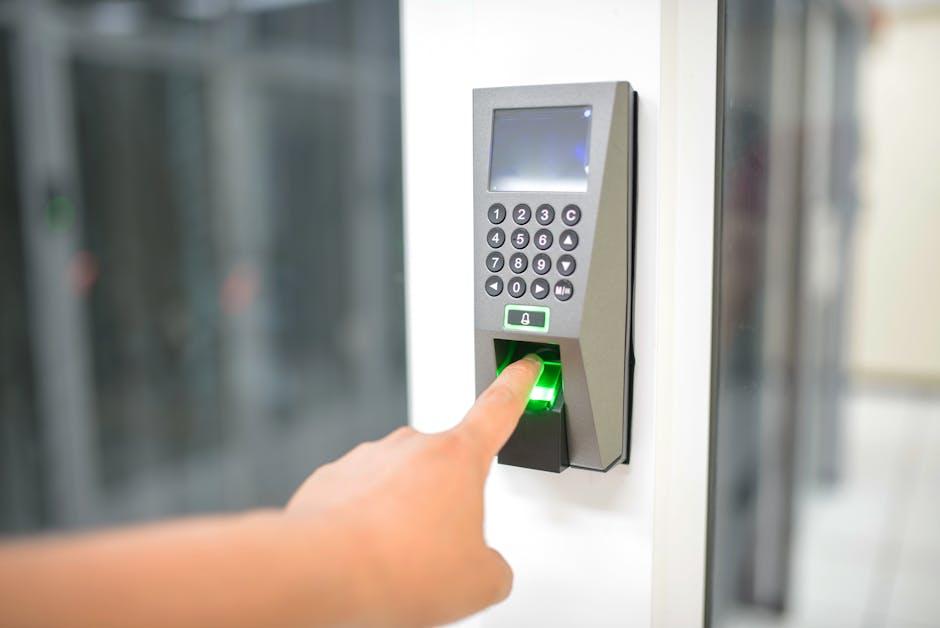
Assessing Security Benefits and Potential Vulnerabilities
Keypad locks offer a modern twist on traditional security methods, combining convenience with a robust layer of protection. One of their major advantages lies in their ability to eliminate physical keys, reducing the risks of lost or stolen keys falling into the wrong hands. Additionally, many models feature customizable codes, allowing users to update access credentials quickly and easily. This flexibility enhances control over who can enter, making keypad locks ideal for environments where access needs to be granted and revoked frequently. Other notable benefits include resistance to lock picking and the potential for integration with smart home systems, which adds remote monitoring and access capabilities.
However, despite these strengths, keypad locks are not without limitations. Their reliance on electronic components introduces potential vulnerabilities such as power failures or susceptibility to hacking. Weak or commonly used codes can be an open invitation for unauthorized entry, highlighting the importance of regularly updating PINs and choosing complex combinations. Additionally, some cheaper models may lack adequate protection against physical tampering or electronic manipulation. The table below summarizes key security aspects to consider when evaluating keypad lock installations:
| Security Aspect | Benefit | Potential Vulnerability |
|---|---|---|
| Access Control | Customizable codes, easy code changes | Weak codes can be guessed or shared |
| Physical Security | No physical keys to lose or copy | Possible tampering on low-quality hardware |
| Technology | Smart home integration, remote access | Hacking risk, power or battery failure |
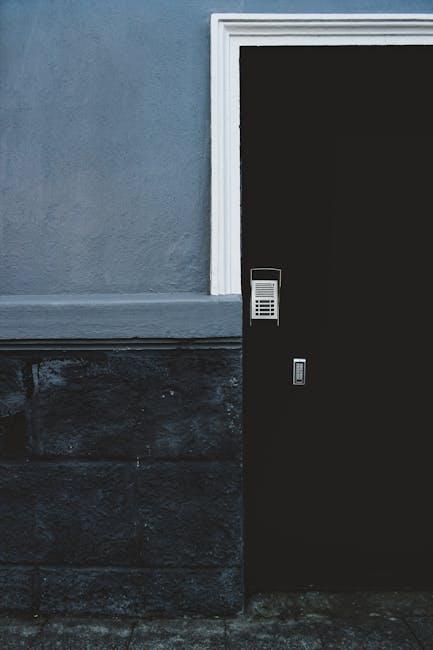
Choosing the Right Keypad Lock for Your Needs
When selecting a keypad lock, it’s crucial to align the lock’s features with your specific security needs and lifestyle. Consider factors such as the size of the entry point, frequency of use, and whether you require temporary access codes for guests or service providers. Durability against weather conditions and potential tampering should also guide your choice, especially if the lock will be installed outdoors. Additionally, evaluating the integration capabilities with existing smart home systems can enhance convenience and control.
Here’s a quick comparison to help you make an informed decision:
| Feature | Best For | Considerations |
|---|---|---|
| Basic Keypad | Residential homes | Simple installation, no remote access |
| Biometric Keypad | High-security areas | Fingerprint sensors, higher cost |
| Wi-Fi Enabled | Smart homes | Remote control and monitoring |
- Security Level: Prioritize features like tamper alarms and auto-locking.
- Battery Life: Longer battery life means less frequent replacements.
- User Management: Ability to add or delete codes easily for multiple users.
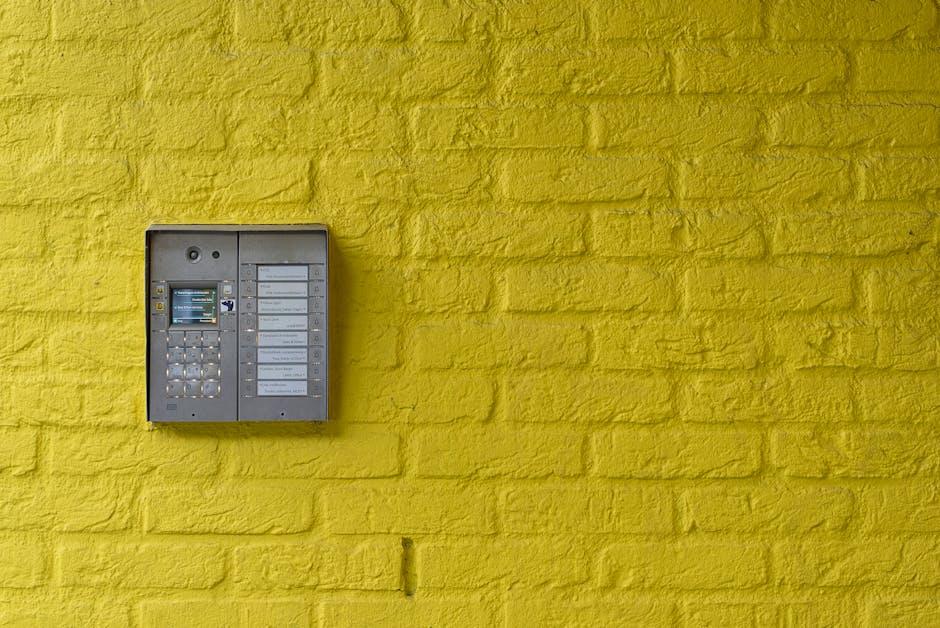
Professional Installation Versus DIY Approaches
Installing a keypad lock can seem straightforward, but the nuances of security and mechanical integrity often require more than just a basic understanding of locks. Professional installation ensures that the device is mounted correctly, calibrated for optimal security, and integrated seamlessly with your existing door hardware. Experts also perform a thorough inspection of your doorframe and lock compatibility, preventing future vulnerabilities such as gaps or weak points that might be overlooked during a DIY effort.
On the other hand, a DIY approach can be appealing for those who enjoy a hands-on project or want to save on installation fees. While many keypad lock kits are designed for easy self-installation, some common pitfalls include:
- Misalignment causing the lock to jam
- Incorrect wiring, especially in electronic keypad models
- Inadequate sealing that jeopardizes weather resistance
- Failure to update master codes securely
Below is a simple comparison between professional and DIY installation:
| Aspect | Professional Installation | DIY Approach |
|---|---|---|
| Security Assurance | High – Precise setup and testing | Variable – Depends on user skill |
| Time Required | Quick – Usually under an hour | Longer – Learning curve included |
| Cost | Higher – Professional fees | Lower – Only cost of tools and parts |
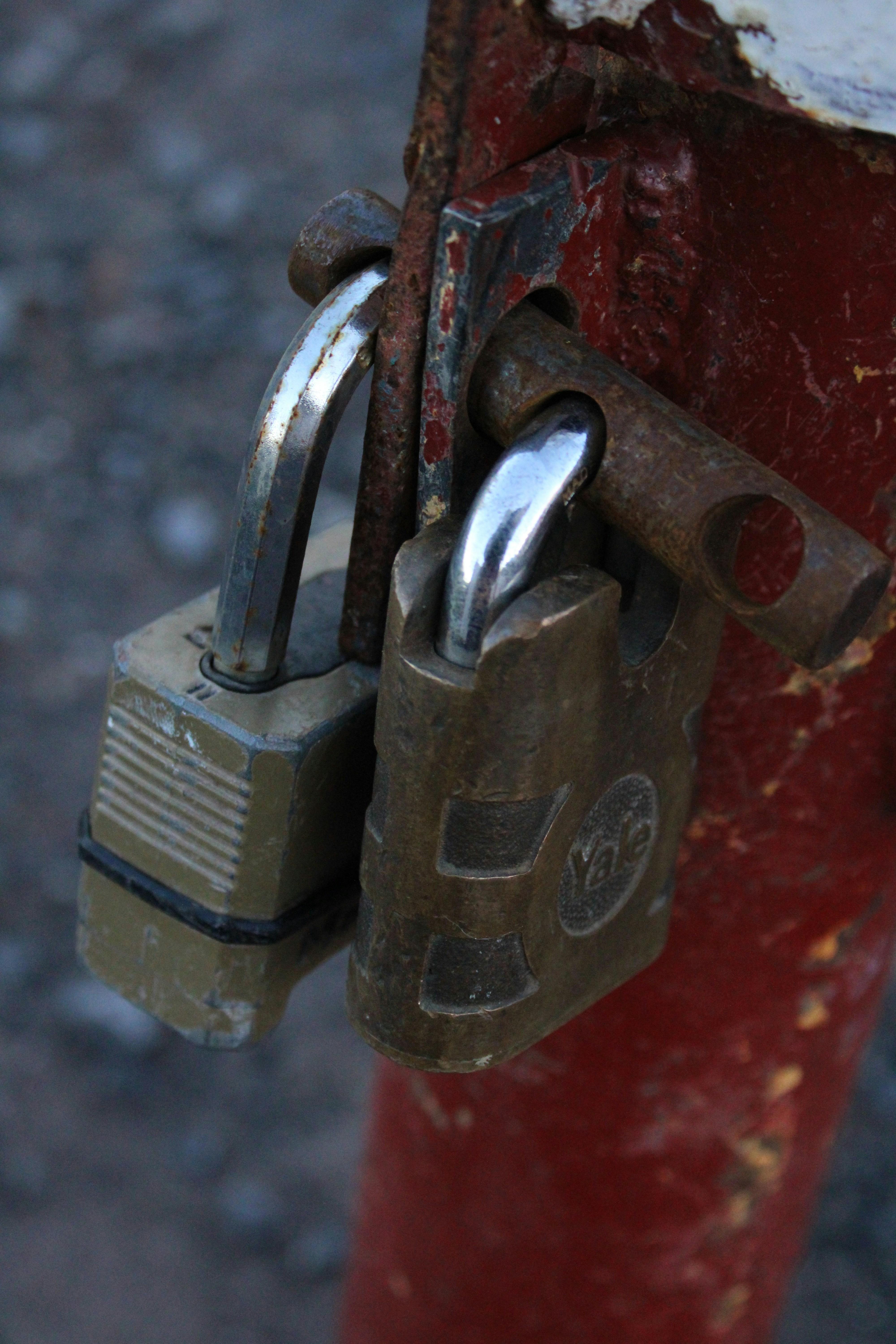
Maintenance Tips to Ensure Long-Term Safety
Regular upkeep of your keypad lock not only prolongs its lifespan but also enhances your property’s security. To maintain optimum functionality, clean the keypad with a soft, dry cloth-avoid harsh chemicals that can corrode the electronic components. Additionally, check for any loose screws or misaligned panels that can affect both the lock’s aesthetic and operational integrity. Don’t forget to replace the battery promptly when low power indicators appear, as a dying battery might lock you out unexpectedly.
Keeping a detailed maintenance log can be a game-changer in spotting recurring issues early on. Here’s a quick guide to help you track essential upkeep tasks with ease:
| Task | Frequency | Notes |
|---|---|---|
| Keypad Cleaning | Monthly | Use microfiber cloth only |
| Battery Check | Every 3 months | Replace if indicator shows low |
| Mechanical Inspection | Every 6 months | Check screws & alignment |
- Update passcodes regularly to prevent unauthorized access.
- Test lock operation after any maintenance to ensure smooth use.
- Keep user manuals handy for troubleshooting minor issues yourself.
Q&A
Q&A: Keypad Lock Installations – Are They Safe?
Q1: What exactly is a keypad lock?
A1: A keypad lock replaces traditional keys with a numerical code entry system, allowing access through a PIN rather than a physical key. Some models also integrate smart features like remote access or biometric verification.
Q2: Are keypad locks more secure than traditional locks?
A2: In many ways, yes. Keypad locks eliminate risks associated with lost or stolen keys and reduce the chance of lock picking. However, their security depends heavily on the quality of the lock and how securely the access codes are managed.
Q3: Can keypad codes be hacked or guessed easily?
A3: While no system is completely impervious, modern keypad locks use encryption and allow for complex codes, making random guessing difficult. Still, simple or commonly used codes (like “1234” or “0000”) compromise security, so choosing a strong, unique code is essential.
Q4: What happens if the keypad lock’s battery dies?
A4: Most keypad locks have low-battery warnings and fail-safes, such as backup power sources or physical keys. It’s crucial to maintain battery levels and understand backup options before installation.
Q5: Are keypad locks vulnerable to power outages or technical malfunctions?
A5: Since many keypad locks run on batteries, power outages typically do not affect their operation. However, technical faults can occur, so professional installation and regular maintenance are recommended to ensure reliability.
Q6: How difficult is it to install a keypad lock?
A6: Installation complexity varies by model. Many are designed for easy DIY setup, but for optimal security and integration with existing door hardware, professional installation is advised.
Q7: Can multiple users have individual codes?
A7: Yes, most keypad locks can store multiple unique codes, allowing different users their own access credentials. This feature enables better control and monitoring of who enters and when.
Q8: Do keypad locks protect against physical break-ins?
A8: Keypad locks provide robust access control but must be paired with strong, reinforced door and frame hardware to resist physical force. The lock itself is one layer in a comprehensive security strategy.
Q9: Are keypad locks safe for commercial and residential use?
A9: Absolutely. Keypad locks are widely used in both residential homes and commercial buildings because of their flexibility, convenience, and advanced security features.
Q10: What are the best practices to ensure keypad lock safety?
A10: Use strong, unique codes and change them periodically; regularly maintain and check battery levels; use high-quality locks from reputable brands; and consider professional installation and routine security audits.
In summary, keypad locks offer a modern, convenient security solution with multiple advantages over traditional keys. While they’re generally safe, their effectiveness hinges on proper code management, quality hardware, and regular upkeep.
Future Outlook
In the ever-evolving landscape of security, keypad locks have carved out a niche that balances convenience with protection. While no system is entirely foolproof, understanding their strengths and limitations can help you make informed choices about integrating them into your security setup. Whether you’re seeking to upgrade your home or office, keypad locks offer a compelling blend of technology and accessibility-reminding us that safety often starts with a simple code. As with any security measure, staying informed and vigilant is the key to keeping your space truly secure.

